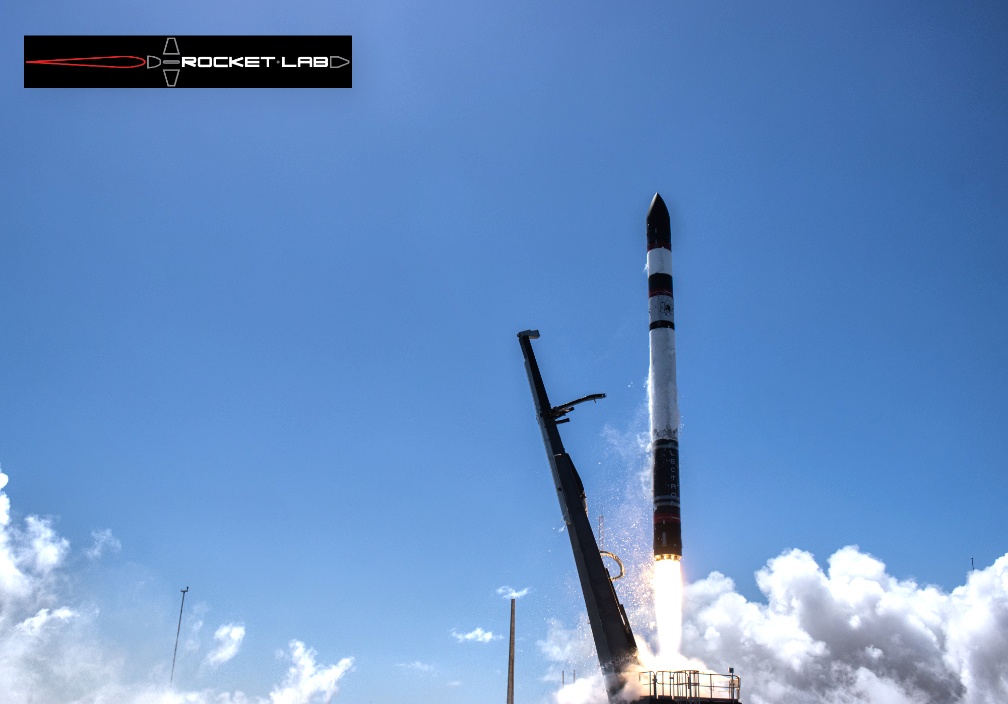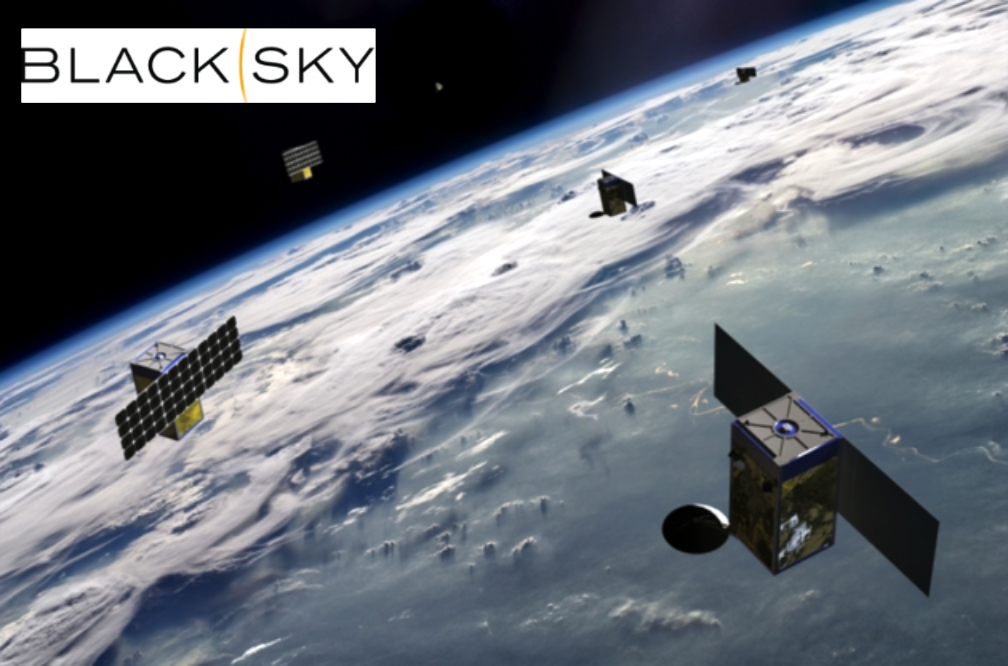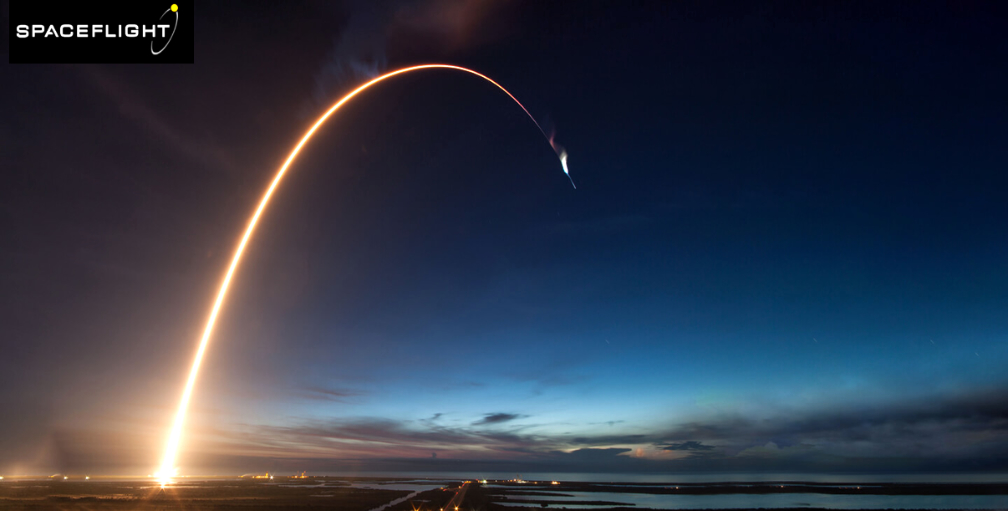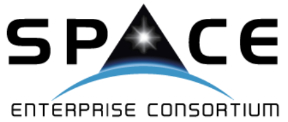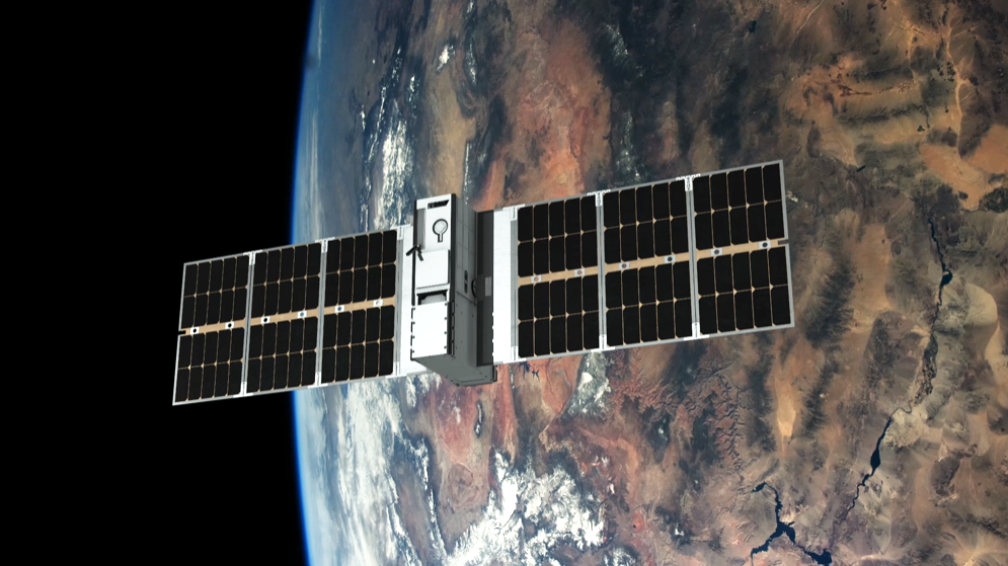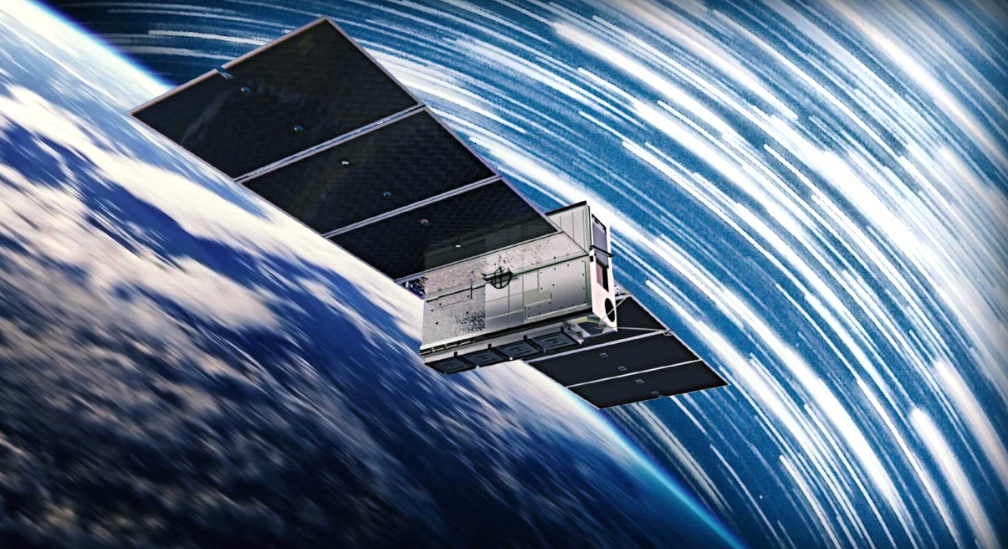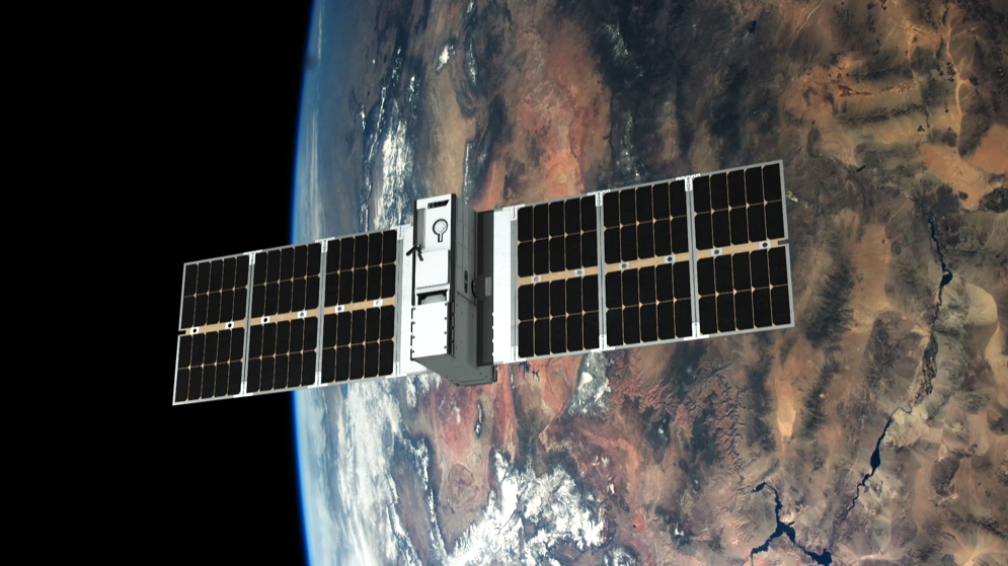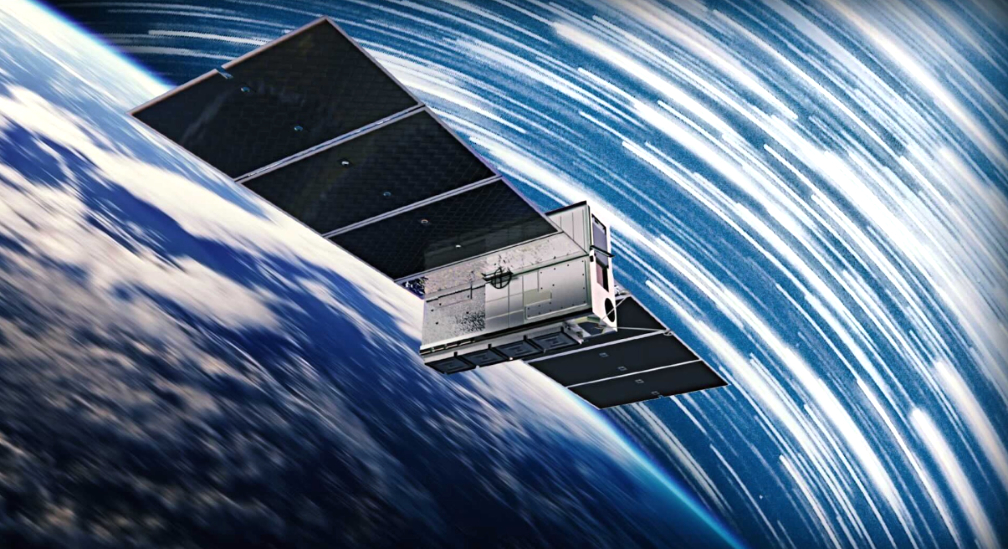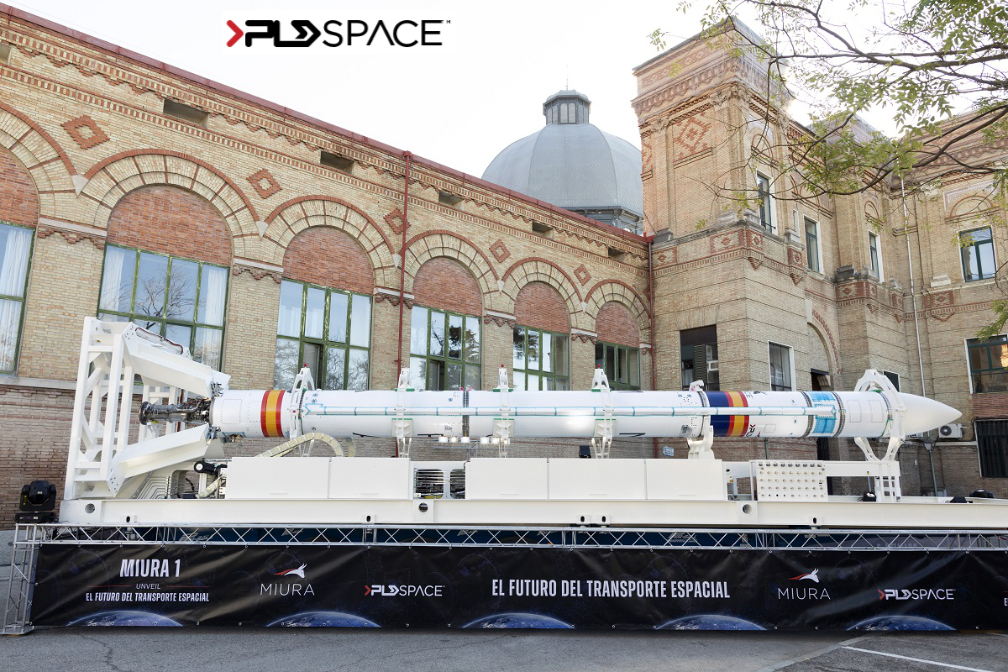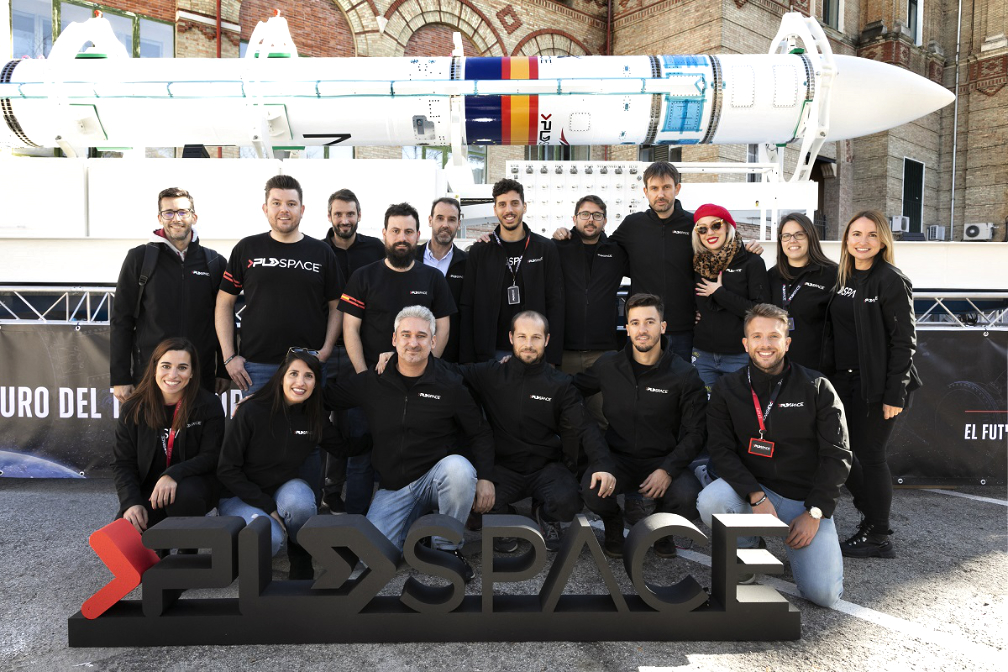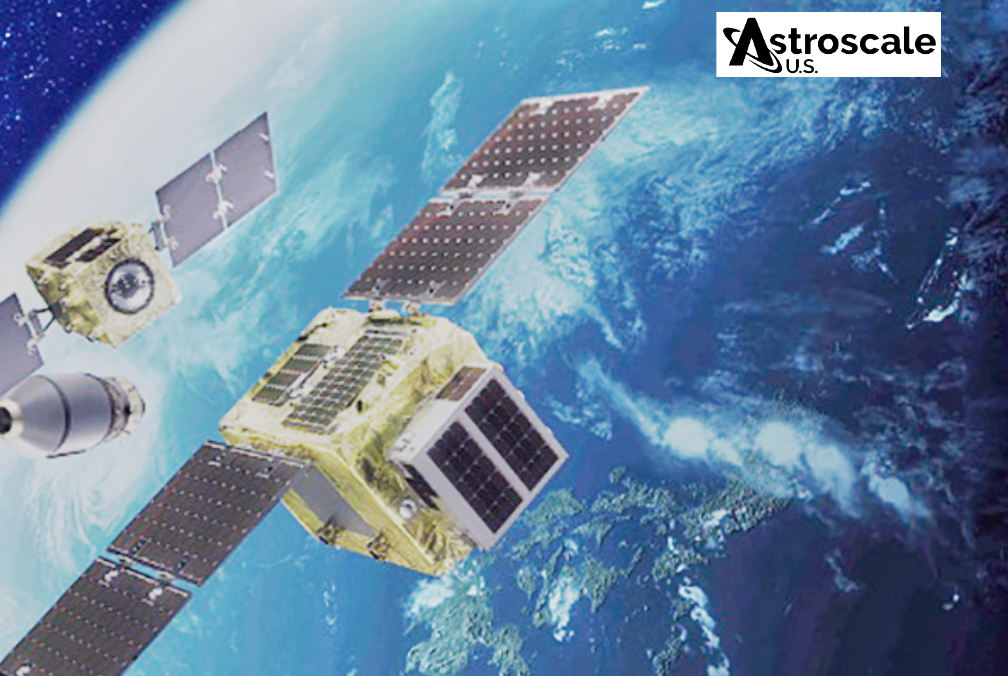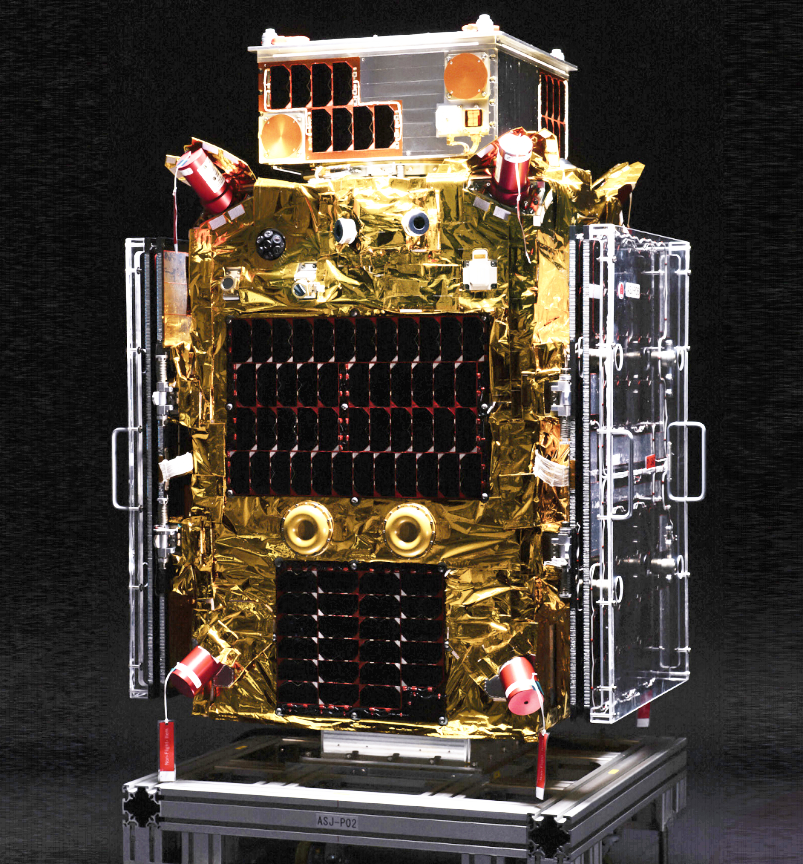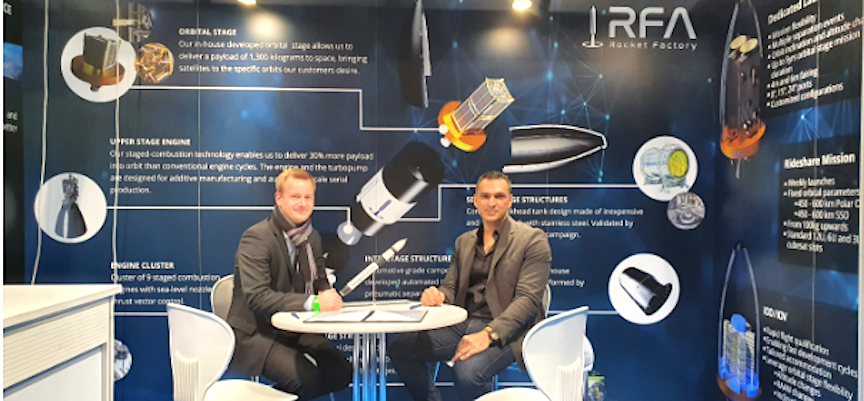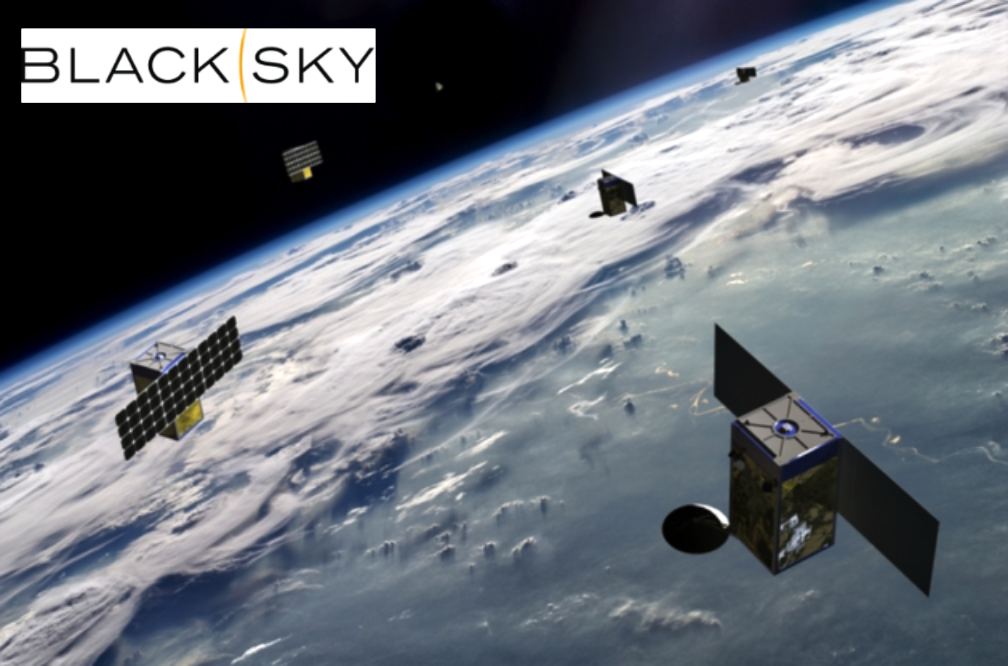
Recently, BlackSky (NYSE: BKSY) secured a five-year, sole-source blanket purchase agreement by NASA to provide high revisit satellite imaging data in support of the agency’s existing Earth observation research to advance predictive capabilities.

As part of NASA’s Commercial Smallsat Data Acquisition Program (CSDAP), research teams worldwide will have access to high spectral and spatial resolutions with increased temporal frequency and other novel capabilities.
“This award reflects yet another valuable point of alignment between government demand and BlackSky’s commercially available real-time, global intelligence products,” said Brian E. O’Toole, CEO of BlackSky. “Helping NASA-backed researchers broaden their understanding around critical changes in the Earth’s ecosystems, oceanography, geographic and polar sciences is vitally important. Our constellation delivers, dawn-to-dusk imaging that facilitates automatic pattern-of-life monitoring and anomaly detection. Fusing that data with our Spectra AI platform enables compelling and actionable scientific observations about our planet. Our constellation delivers, dawn-to-dusk imaging that facilitates automatic pattern-of-life monitoring and anomaly detection. Fusing that data with our Spectra AI platform enables compelling and actionable scientific observations about our planet."






